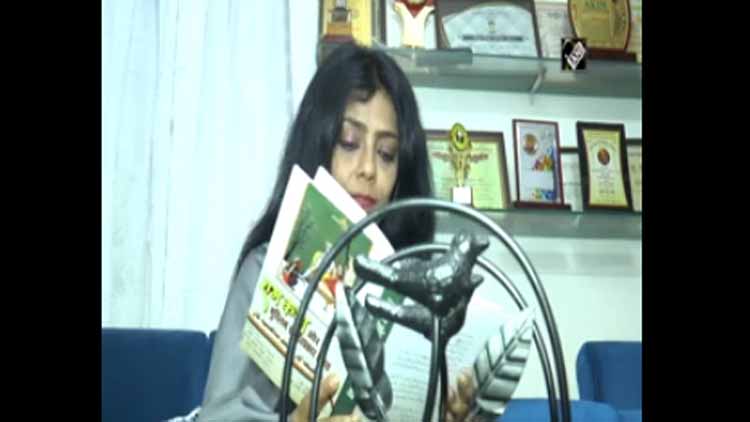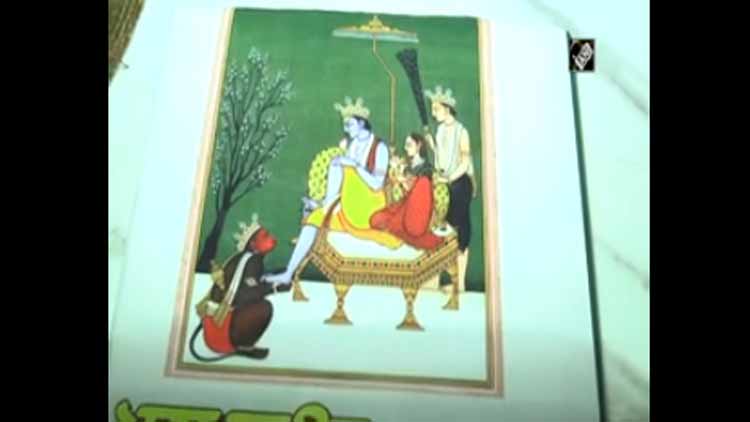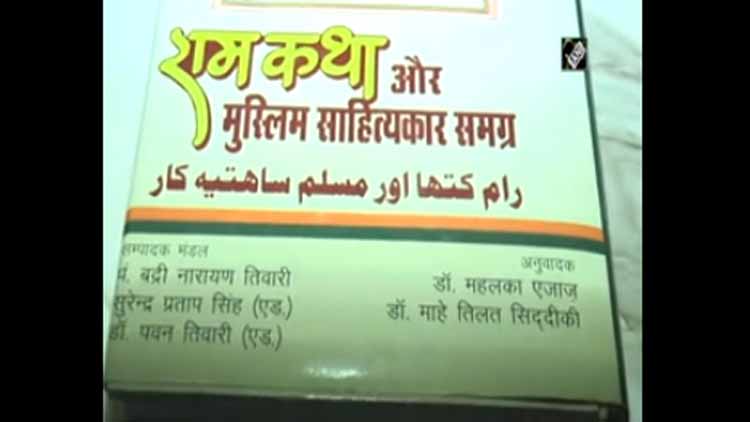
Kanpur
"O Rama, I call your name; Human being has been for waiting for you for long." These lines are not from a scripture, but from of a ghazal composed by Dr. Mahi Tilat Siddiqui of Kanpur city, Uttar Pradesh.
Dr Siddiqui is the author of first Ramayana, the epic about the story of Lord Rama – in urdu.
Shri Ram has been the hero of the Indian sub-continent. He is also revered in Africa and remote Indonesia as well. The Muslims of Indonesia call all the incarnations of Lord Vishnu and Shiva including Rama as their ancestors.
In the same way, the Indian Muslims too revere Lord Rama who was epitome of values and Dharma (the righteous way).

The Urdu Ramayana
Dr Mahi Siddiqui’s love for Lord Rama began the day Badri Narayan Tiwari, head of a local organisation gifted her copy of the Ramayana. After reading it, Mahi Siddiqui decided to translate it in Urdu language so that the story reaches more people, especially Urdu reading public.
Mahi Siddiqui, a Muslim, sought to highlight the commonality between two major religions of India – Hiduism and Islam through her efforts. It took her one and a half year to complete the translation. She has explained each doha (couplet) in detail and in the context.
After her book was released she said people unknowingly link a religion with language. She said the pen that a literature wield and writes with is not a religious entity.
She said she considers herself lucky to become a reason for the story to be read by more people.

Mahi Tilat Siddiqui's second book - translation of Urdu writtings on Rama in Hindi
Mahi Siddiqui holds a PhD in Hindi literature and teaches at Haleem Muslim Degree College, Kanpur.
Besides her book of urdu Ramayana she has also translated a compilation of writings on Lord Rama in Urdu into Hindi as "Ram Katha aur Muslim sahityakaar samagra.”
All religions, she says, teams huamity and oneoness and it’s only a few selfish people who divided the public in the name of religion.
Her two books are really aimed at bringing people of different religions together through literature.
